50mm vs 85mm: Which Is Better for Portrait Photography?
The debate on whether to choose a 50mm vs 85mm lens for portraiture continues!
50mm vs. 85mm? That’s the question. And most often, it’s associated with portraiture. Both of these lenses have their advantages and disadvantages. And the question has to do with what you want to do with each lens. In most cases, both will do an outstanding job. Even modern lenses in these focal lengths don’t have much noticeable distortion. One can argue that it all has to do with the field of view, but that’s not really the case anymore. So we’re going to break down using them with two of our favorites.
For this comparison, which wasn’t done formally at all, we’re sticking to Canon. Canon arguably has some of the best lenses on the market right now. Both their 50mm and their 85mm lenses are at the top of their class. So we’re going to talk about why you’d choose one over the other.
Canon RF 50mm f1.2 L USM
Here are some photos that we’ve shot with a Canon RF 50mm f1.2 L USM over the years. Also, be sure to check out our full review.






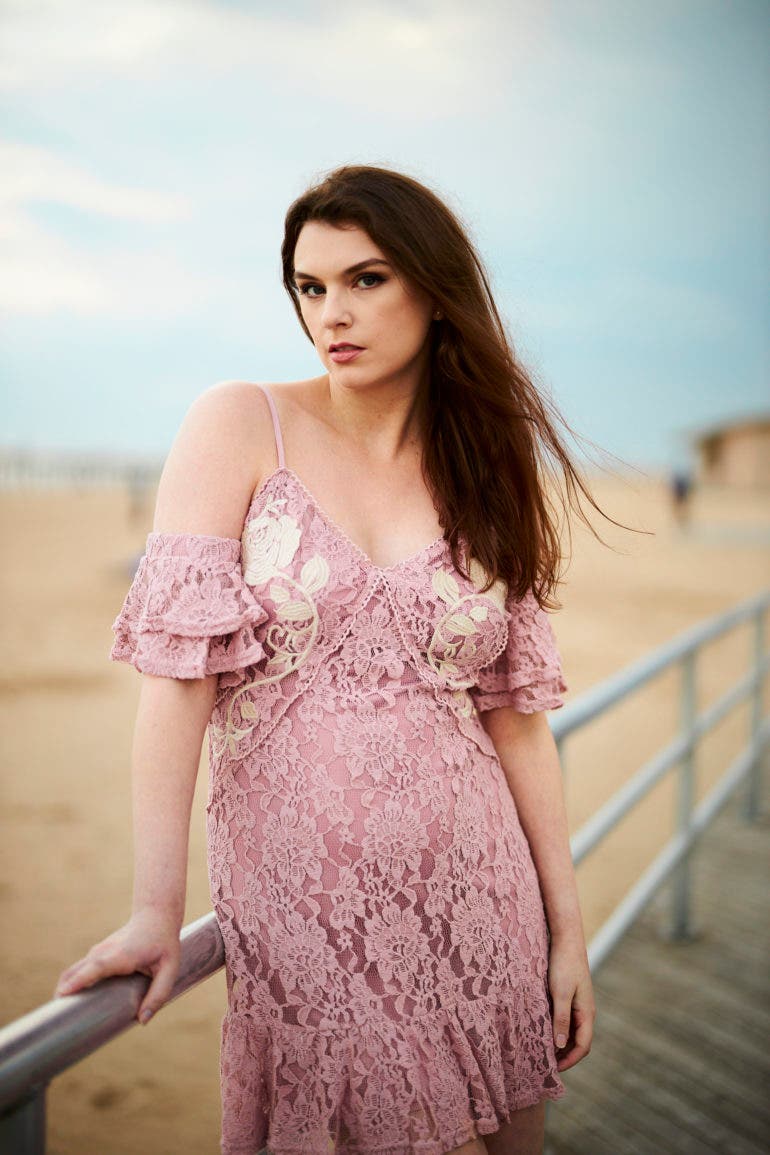
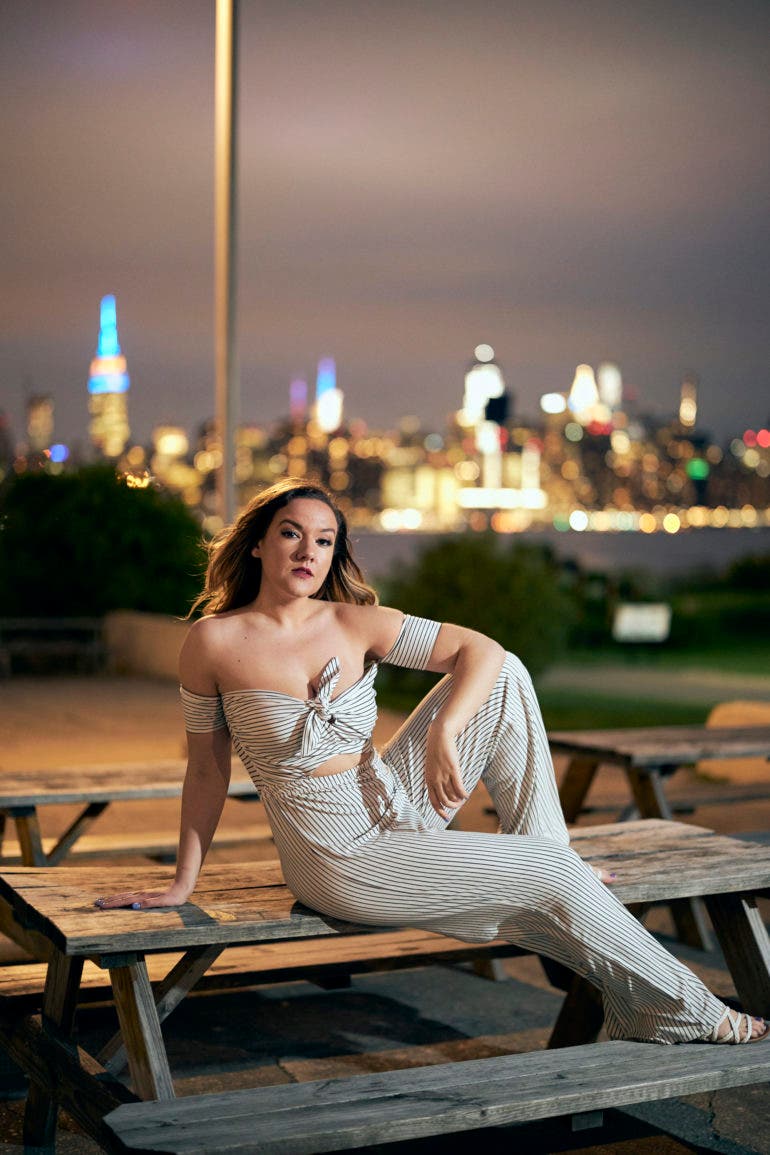
Why a 50mm?
A modern, high-end 50mm lens will help you render anyone perfectly fine. You’re bound not to see any distortion that you’re going to hate. Further, you’re never going to get a bad shot with lenses like a 50mm. You don’t need to worry about noses being too big, etc. Instead, you generally just need to focus on posing people better from your angle. In the battle of 50mm vs. 85mm, a 50mm lens lets you have a wider perspective. And you, like me, could prefer that!
There used to be rules that you should only shoot folks with a 50mm from the upper quarter and wider. But that’s gone now. Modern 50mm lenses can produce results similar to an 85mm lens. If anything, I’d say the biggest differences are the focusing range. Said focusing range renders different effects. A 50mm lens will add less of the thinning effect to someone’s face. Arguably, it’s more authentic of a look that the human eye sees. At the same focusing distances, a 50mm lens will also have more of a scene in focus at comparable apertures as an 85mm lens.
Canon RF 85mm f1.2 L USM
Here are some photos that we’ve shot with a Canon RF 85mm f1.2 L USM over the years. Also, be sure to check out our full review.

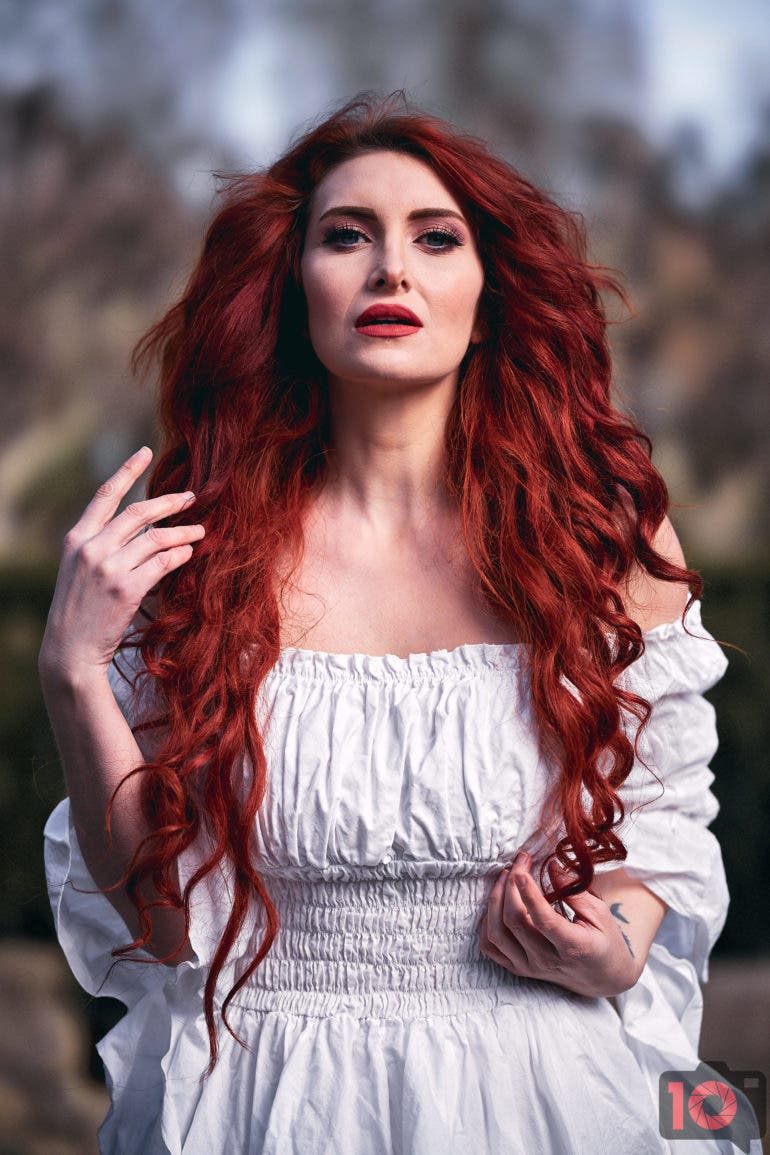
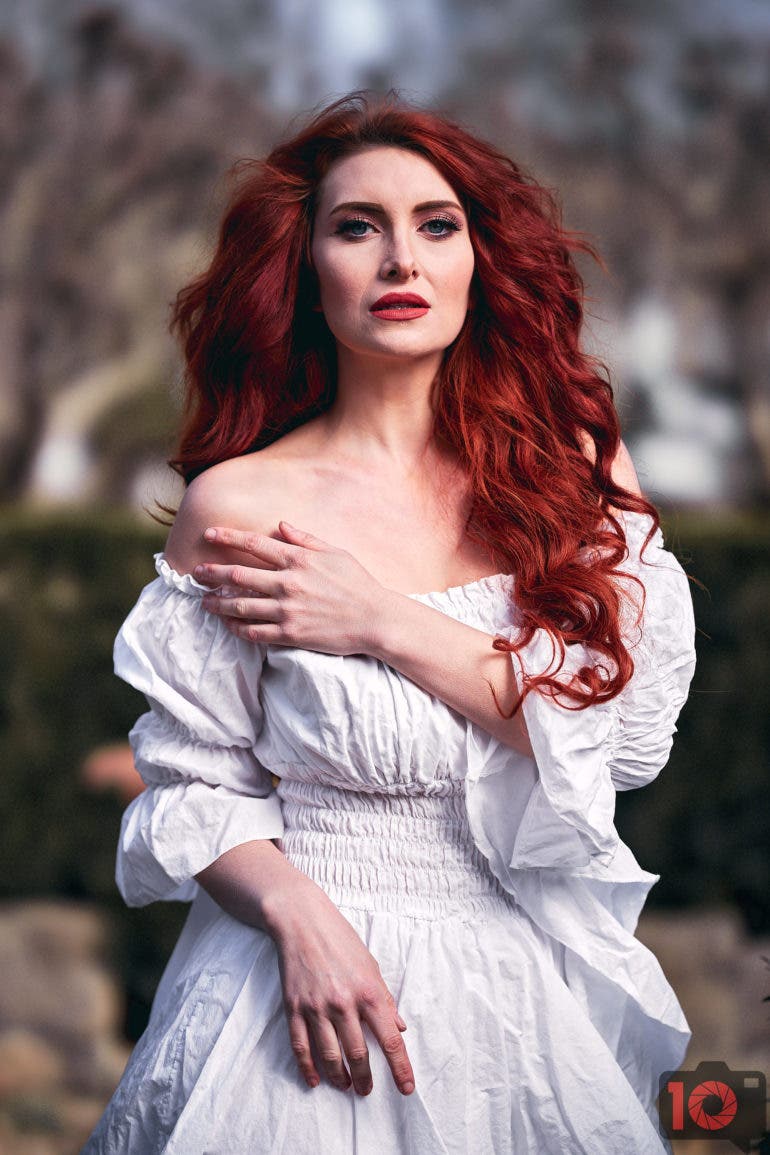
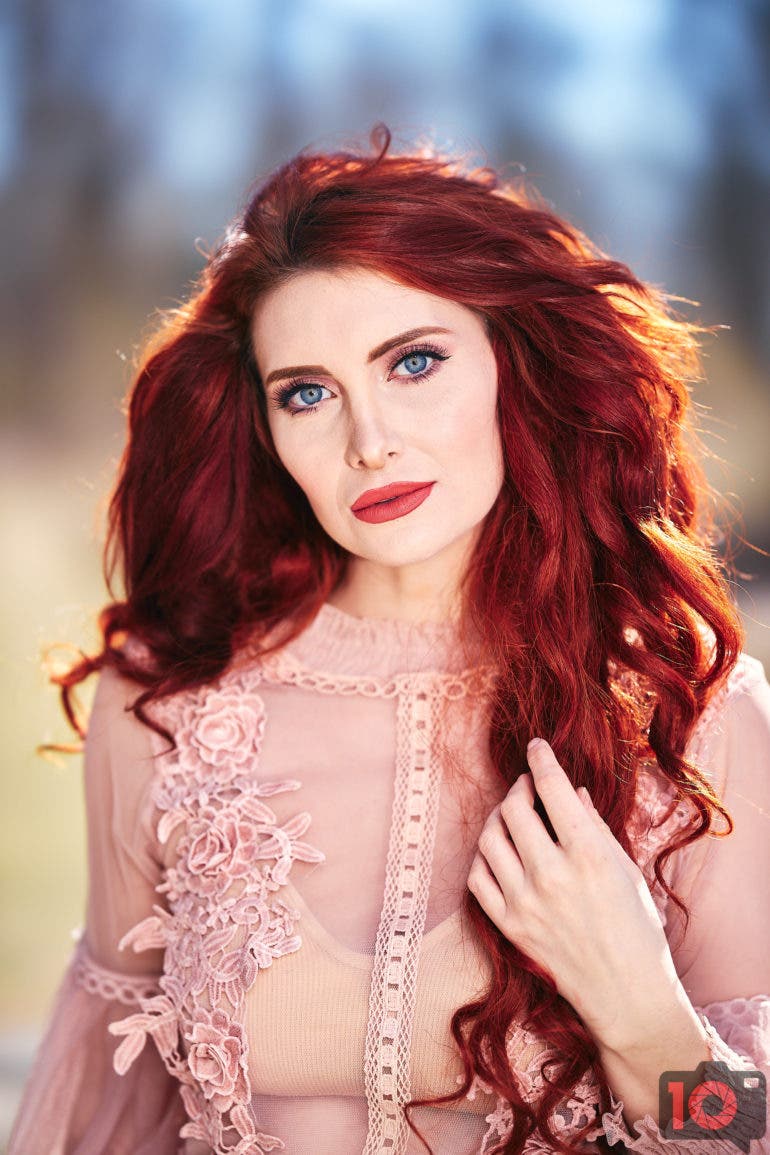

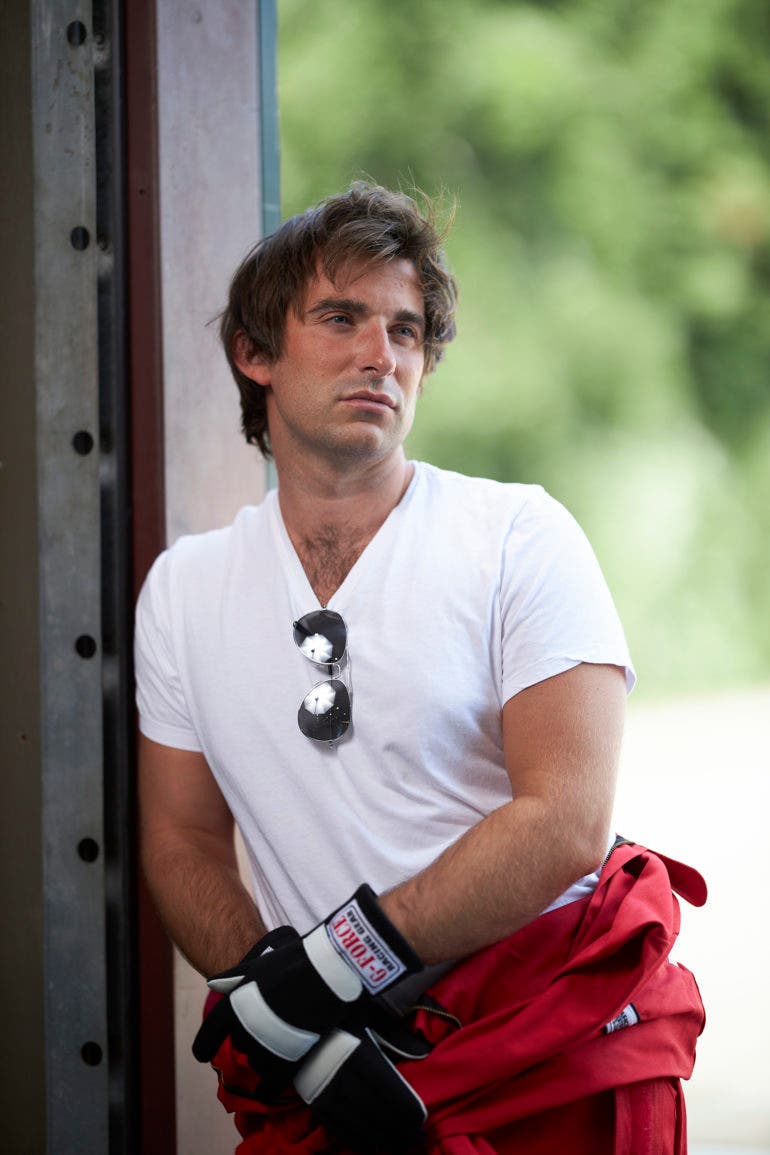

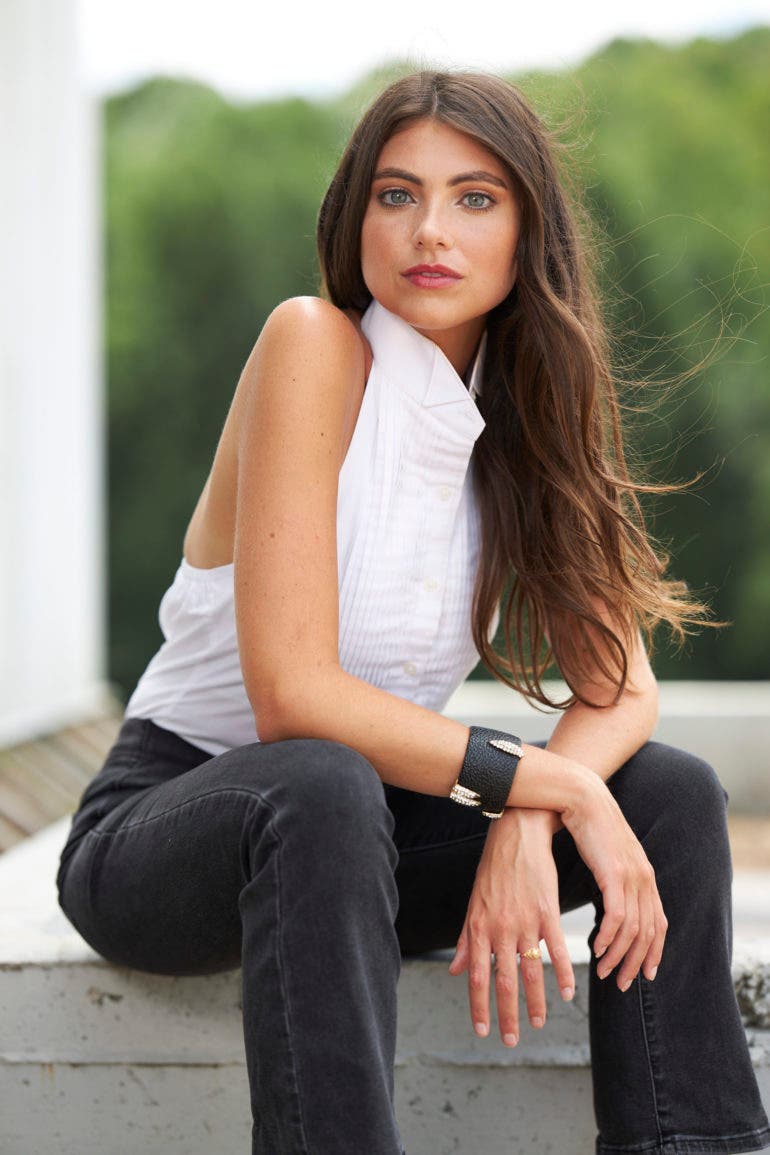
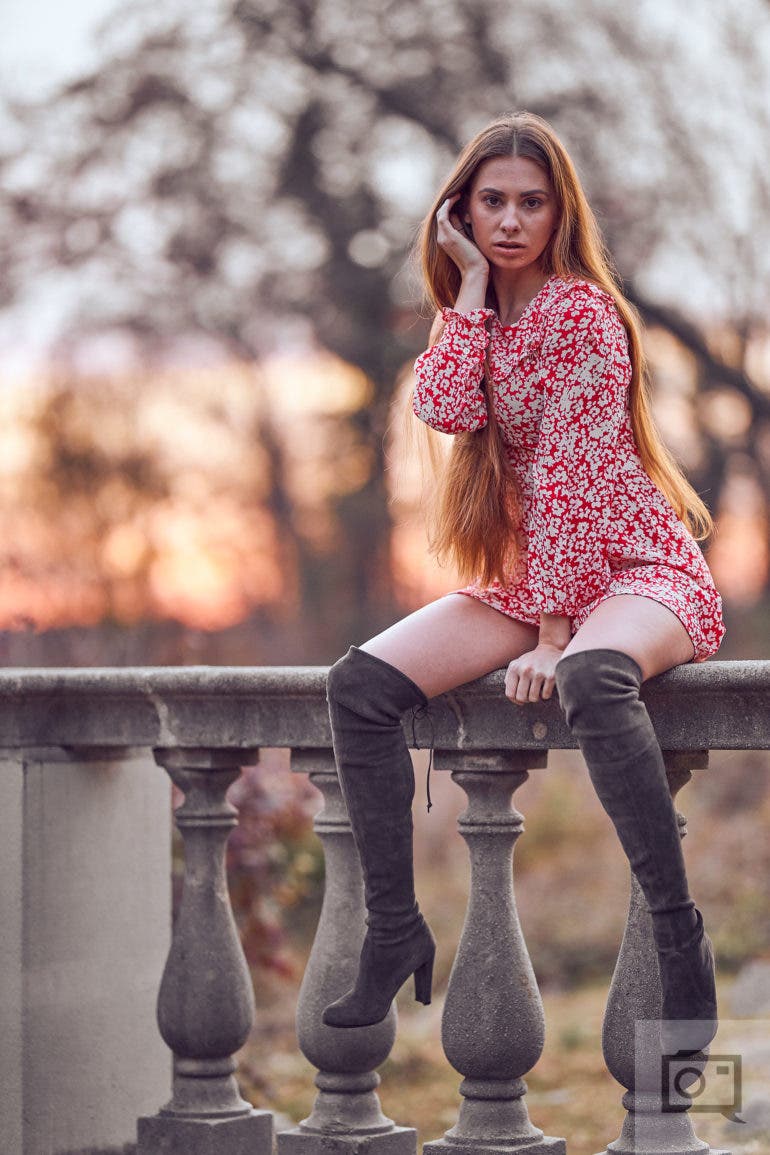
Why an 85mm?
So why choose an 85mm? Arguably, these days I’d say that it has to do with how much space you have to shoot and if you like flatness. When I say flatness, I’m talking about perspective. A 50mm lens will have no major distortion per se, but you’ll have the lens’s inherent look instead. With an 85mm lens, you’ll get something similar. So with the question of 50mm vs. 85mm lenses you can’t totally compare them in some cases.
The main thing here is that you can be further away from a subject and get a thinner depth of field here. So it’s essentially about the bokeh and how you use it to emphasize your subject. If you’re still asking yourself what to do for 50mm vs. 85mm lenses, then just consider the bokeh and your framing.
Lots of folks talk about the “cinematic look.” And if that’s what you’re going for, then the 50mm lens is arguably closer to that. The cinematic look is done using a 65mm focal length. 50mm is 15mm wider than that, while 85mm is 20mm longer than that. So if you truly want a cinematic look, go for a 50mm. If you want a more classic portrait shoot look, reach for an 85mm lens instead.